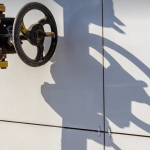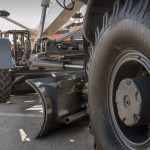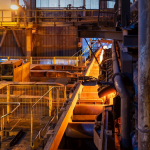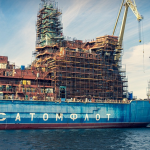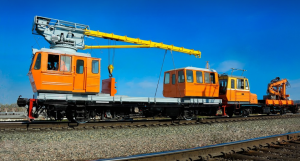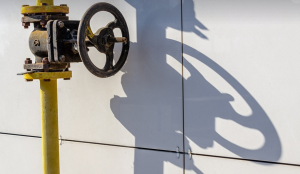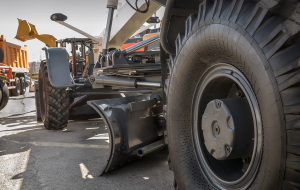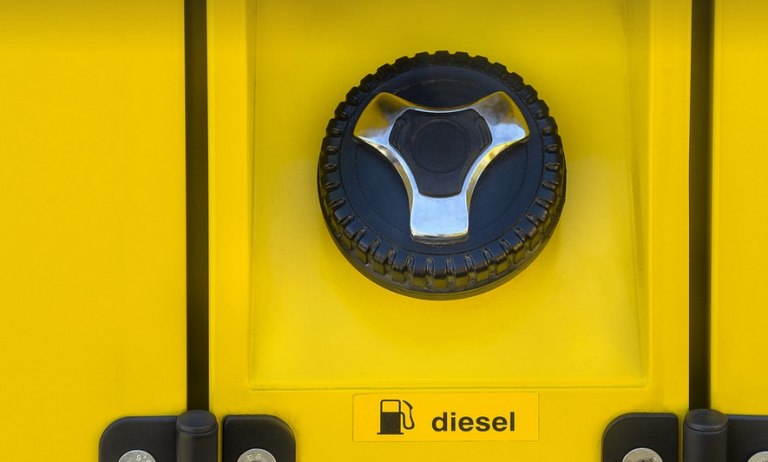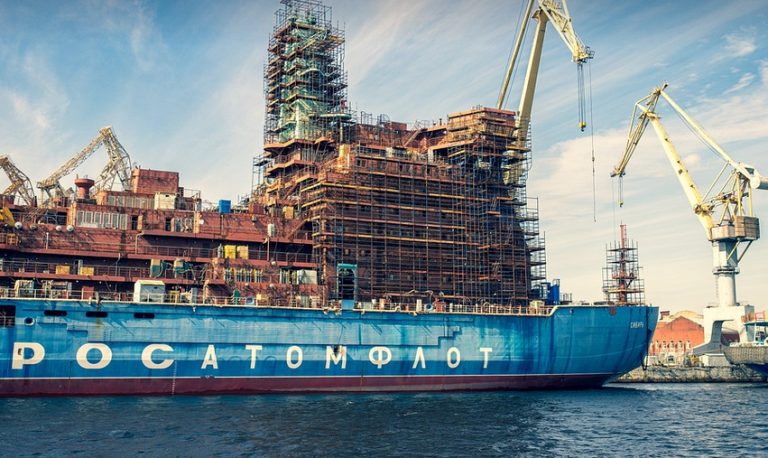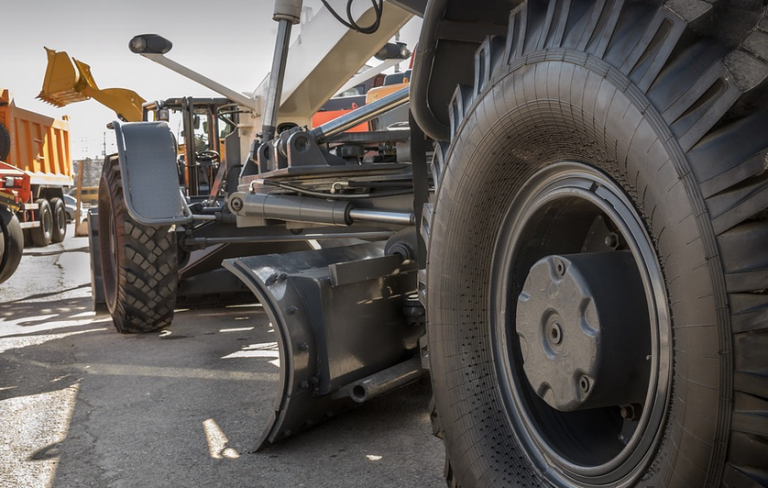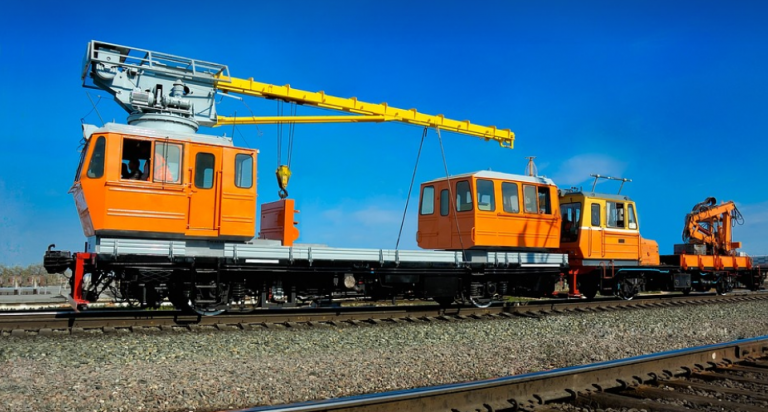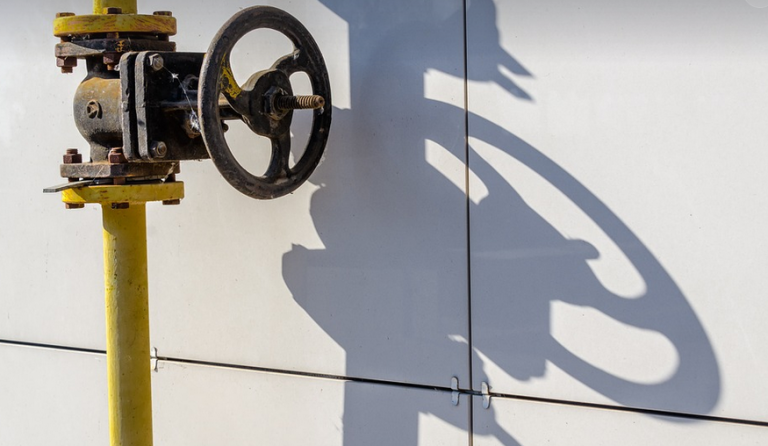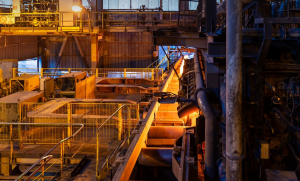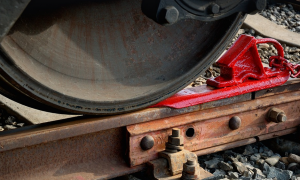Understanding the Basics
Stick welding, also known as “SMAW” (Shielded Metal Arc Welding), is a popular and versatile welding process used for joining metals. It’s known for its ability to weld thick materials, and it’s often used in industrial settings. One of the crucial aspects of stick welding is choosing the correct polarity – DC positive or DC negative. This decision directly impacts the arc stability, penetration depth, and overall weld quality.
What Is Polarity?
In simple terms, polarity refers to the direction of the electrical current flow within a welding circuit. Think of it like this: you have two sides of a coin – one side is positive (+) and the other negative (-). In stick welding, we use direct-current (DC) power for the arc.
With DC polarity, there’s a constant flow of electrons from the electrode to the workpiece through the welding circuit. The direction of this current flow determines the polarity:
Two Types of DC Polarity:
There are two main types of DC polarity in stick welding – DC positive and DC negative. * **DC Positive (also called “Straight” or “Conventional” )**: In this polarity, the electrode’s (+) terminal is connected to the weld pool, while the (-) terminal connects to the workpiece.
The arc has a tendency to start at the positive electrode and then move towards the negative side of the welding circuit. This creates a stable arc with less spatter compared to DC negative.
**DC Negative (also known as “Reverse” or “Inverted”)**: In this polarity, the electrode’s (-) terminal is connected to the weld pool, while the (+) terminal connects to the workpiece.
Why Does Polarity Matter?
The choice of DC polarity significantly influences various aspects within stick welding. Let’s explore some key points:
* **Arc Stability and Penetration**: DC positive typically provides a more stable arc with better penetration compared to DC negative.
A stable arc allows the welder to control the arc’s intensity, which is crucial for achieving consistent weld bead shapes. This stability helps ensure the electrode melts metal efficiently and creates a smooth, deep weld pool.
* **Spatter Control**: DC positive tends to be less prone to spattering than DC negative.
This is because the arc with positive polarity moves more straightforwardly towards the workpiece, minimizing the chances of molten metal droplets (spatter) flying off the electrode tip.
* **Weld Quality and Appearance**: The choice of polarity can impact the weld’s appearance. It may also influence heat input and penetration depth.
DC positive generally produces smoother, more uniform welds compared to DC negative. For instance, when welding thicker materials like steel plates, a DC positive electrode may produce a deeper, cleaner weld bead with less slag than DC negative.
* **Weld Bead Shape**: The arc’s direction and current flow can change the shape of the weld bead.
DC positive tends to create more rounded and elongated beads compared to DC negative. This is because the arc’s direction influences how the metal melts, creating a smooth or flat weld bead.
* **Weld Penetration**: The choice of polarity can play a crucial role in penetration depth during welding.
DC positive may offer greater penetration due to the stable arc and the electrode’s ability to melt metal more efficiently. This might be beneficial for welding thicker materials or when achieving deeper penetration is essential.
* **Weld Metal Distortion**: The choice of polarity can also affect weld metal distortion.
DC positive can sometimes minimize distortion compared to DC negative. The arc’s stability and the electrode’s melting properties contribute to less heat-induced distortion in the weld bead.
* **Troubleshooting**: It often helps to troubleshoot issues by using a different polarity setup.
If you are experiencing spatter, inconsistent welds or other problems with your stick welding process. Try switching between DC positive and DC negative to find the solution that works best for your specific project.
Choosing The Right Polarity
The choice of polarity is critical for successful stick welding. Always remember to observe these key factors:
* **Weld Size & Material:** For thin materials, DC negative might be a better option. * **Welding Position:** The direction of travel during welding can affect the choice of polarity. * **Desired Weld Appearance** : Decide on the desired weld bead appearance (round or elongated) before choosing the polarity. * **Weld Metal Thickness**: For thicker materials, DC positive is often preferred for better penetration.
If you’re not sure which polarity to use, it’s always safest to consult with a welding professional for guidance.
Practice Makes Perfect
Experimenting with different polarites and adjusting the settings on your welder can help you achieve consistent and quality welds. Remember that practice makes perfect!
By choosing the correct polarity, you’ll unlock maximum potential from your stick welding process, creating stronger, more reliable welds.

